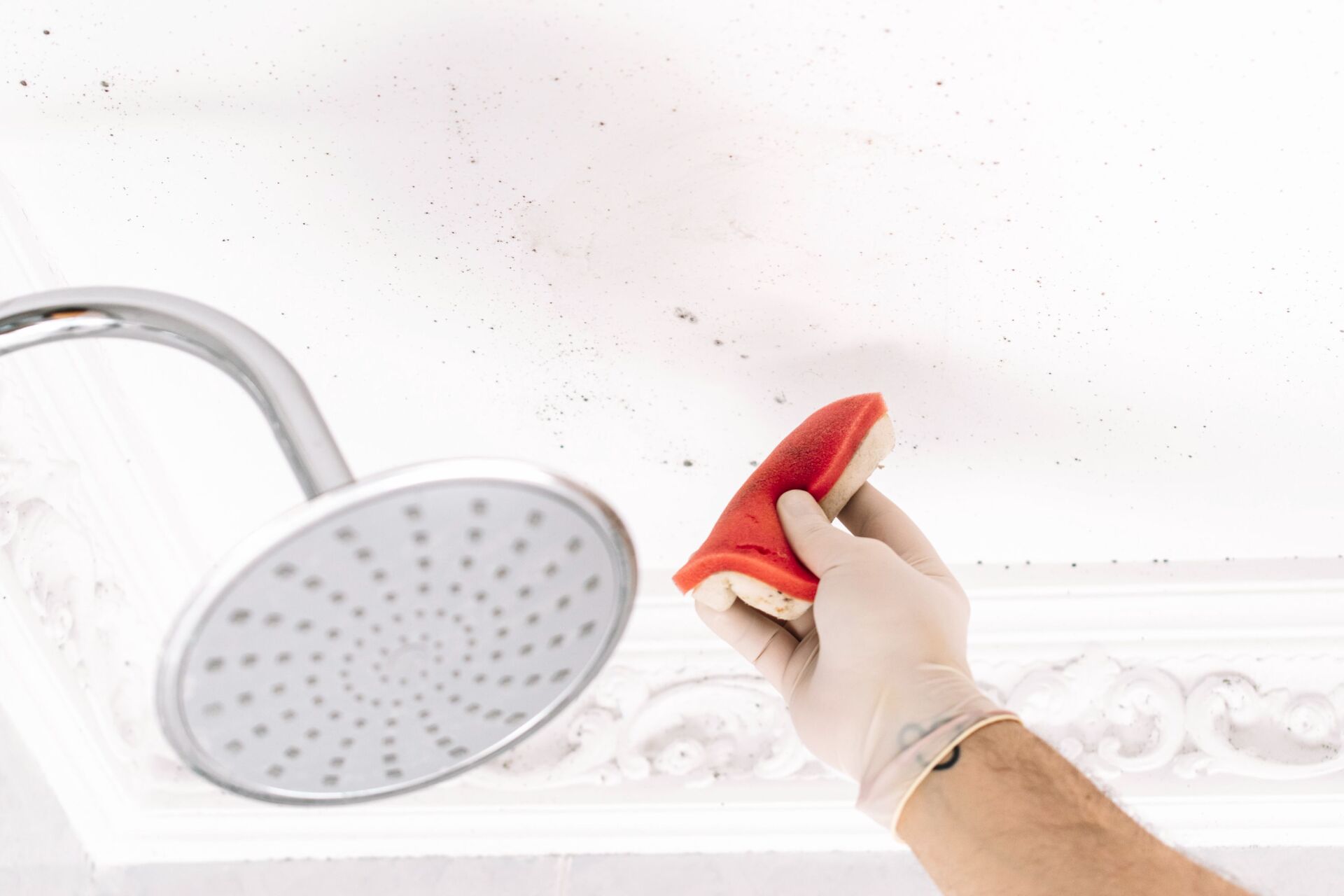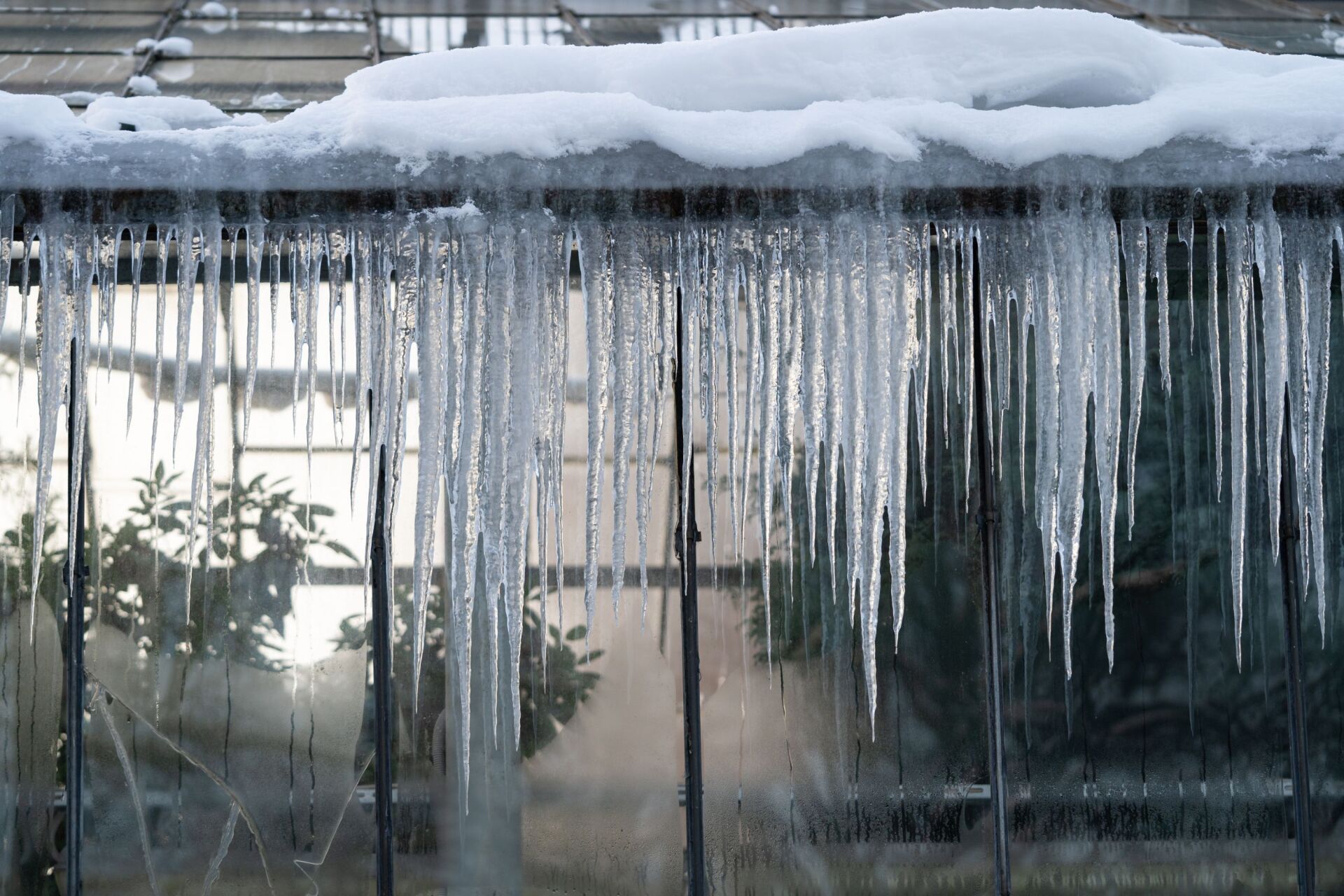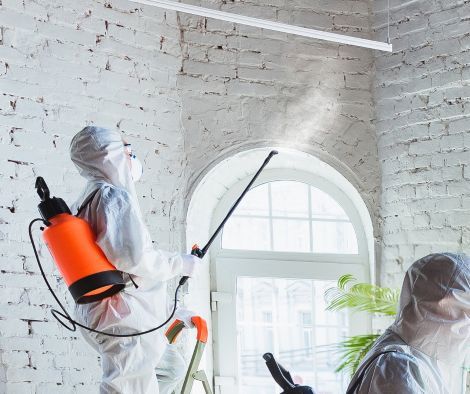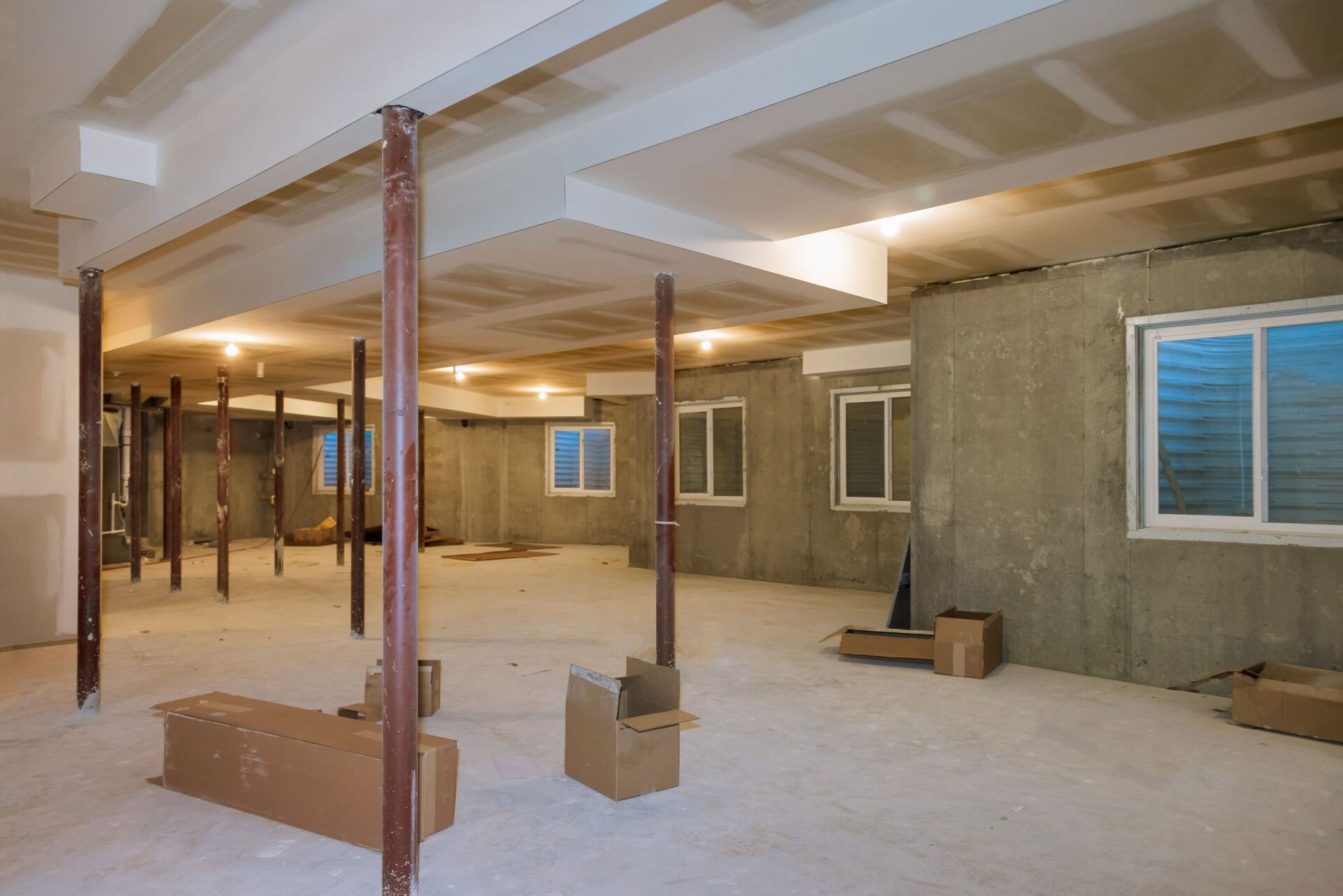Air Quality Testing & Sick Building Syndrome
Sick building syndrome is a new concern of homeowners, office workers, and building owners everywhere. What is sick building syndrome? And how can you identify and fix it?
What Is Sick Building Syndrome?
Sick building syndrome is a condition caused by exposure to poor indoor air quality over time. Usually, this manifests in people living or working in a building with poor air quality. Because many symptoms are similar to allergies, sick building syndrome can be hard to pin down. However, if multiple people have similar symptoms from spending large amounts of time in the same buildings, sick building syndrome could be the cause.
Sick building syndrome can have different symptoms in different people. However, they can include:
- headache
- cough
- throat, nose, or eye irritation
- nausea
- difficulty concentrating
- allergy-like symptoms, such as sneezing.
In addition to these possible symptoms, a huge warning sign for sick building syndrome is that the patient recovers after leaving the building for an extended period of time.
What Are Some Ways to Prevent Sick Building Syndrome?
There are a few ways to help prevent sick building syndrome.
- Improve your building's ventilation. Poor ventilation is a major risk factor, so no matter what else is contributing to poor air quality, improving ventilation will help.
- It is located near a source of chemical fumes, such as a garage. Outdoor air coming into a building can be a source of indoor air pollution. If fumes and exhaust enter the building from nearby cars or appliances, it can make people inside the building sick.
- Test for and remove biological contaminants, like mold or animal droppings. For example, mold is an extremely common cause of poor air quality. Periodic mold inspections and HVAC cleanings can help keep your building free of biological contaminants.
- Test for and remove chemical contaminants, which could range from air fresheners to asbestos. We use products that pollute our homes and buildings frequently, such as solvents, cleaning products, pesticides. Other pollutants include asbestos building materials, unvented HVAC systems, and deteriorating furniture. All of these diverse chemical contaminants can build up without proper ventilation.
- Get a professional air quality test. To be sure of your building's unique air quality issues, the best thing to do is to get a professional air quality test. Air quality tests can detect the presence of many contaminants, such as mold, asbestos, radon, tobacco smoke, and more. Each problem might have a slightly different solution, so an air quality test lets you proceed with confidence.
Stay Healthier Indoors With BioClean
At BioClean NY, we can help you determine whether your building has poor air quality with indoor air quality testing. If you suspect you have poor ventilation or contaminants, we can find the exact cause of sick building syndrome and work with you to fix it. Contact us today.






